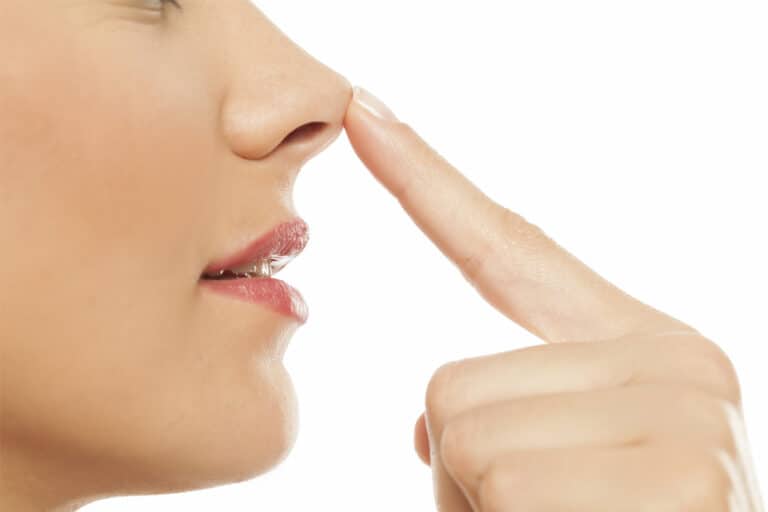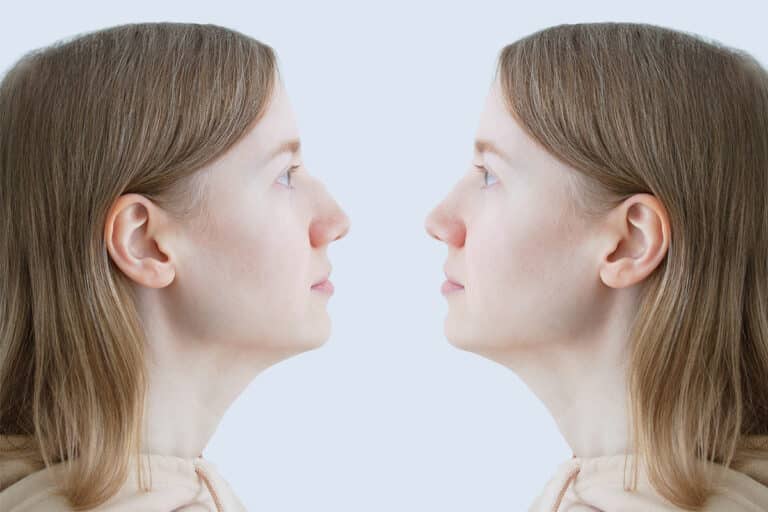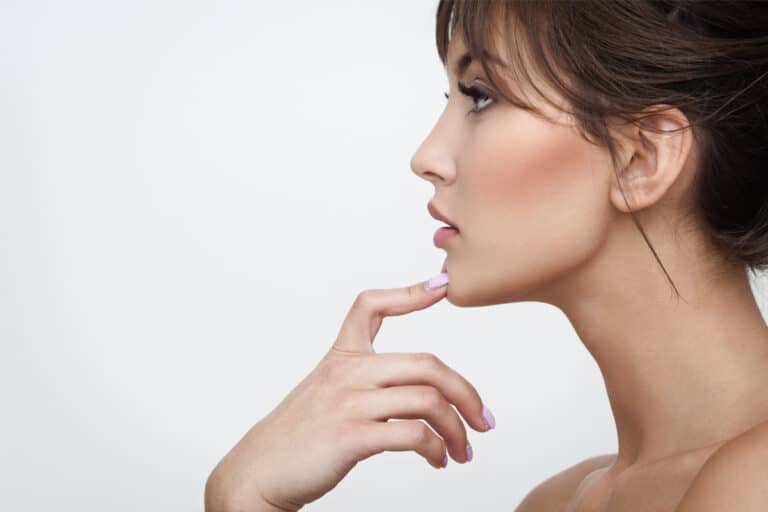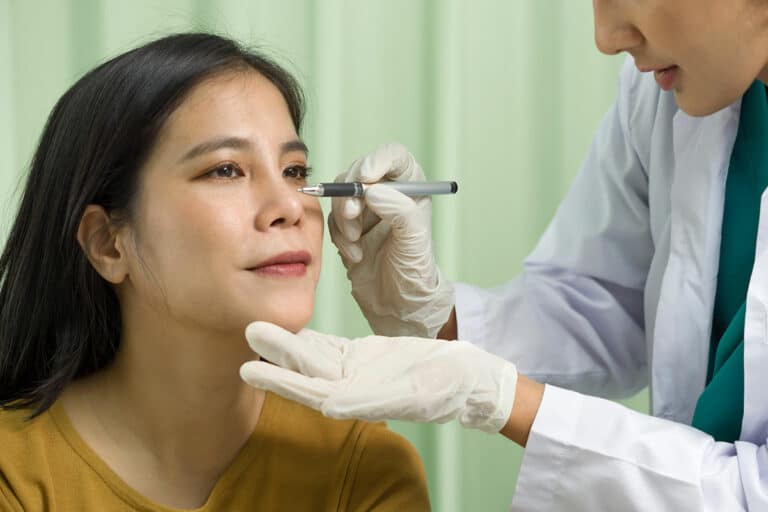
Dealing with Nasal Polyps After Rhinoplasty: What to Expect
Rhinoplasty, or complex nose reshaping surgery, is a technique that alters the form, size, bridge height, and nasal tip of the nose. It can also involve the removal or alteration

Rhinoplasty, or complex nose reshaping surgery, is a technique that alters the form, size, bridge height, and nasal tip of the nose. It can also involve the removal or alteration

Can You Drink Coffee After Rhinoplasty? Patients are advised to avoid drinking coffee for at least six weeks after nose surgery for several reasons. While it may be tempting to

Have you ever wondered how wearing glasses might be impacted after undergoing rhinoplasty? Rhinoplasty, often referred to as a “nose job,” could change your facial appearance and how your glasses

Have you ever considered whether the complications of rhinoplasty surgery could be adequately treated at home? Managing post-operative symptoms like a runny nose, pain, and swelling can be overwhelming. Let’s

In particular, a hooked nose is one that features a severe or a rather bent shape of the bridge. This gives the design a much sharper and bent hook-like feel.

Rhinoplasty, commonly known as a nose job, is among the most popular plastic surgery procedures performed worldwide. While often associated with cosmetic enhancements, rhinoplasty also serves a crucial role in addressing

Ever wondered how a procedure like open rhinoplasty could enhance the look of your nose, but worried about potential scarring? This in-depth article takes you through the process, from the

A lot of people choose liquid rhinoplasty over standard surgical rhinoplasty. It is also called non-surgical rhinoplasty. This modern dermal filler treatment doesn’t hurt and is meant to change the

The purpose of rhinoplasty, or “nose job,” is to change the appearance of the nose through surgical means. Despite how popular the treatment is, patients frequently wonder how long it

Have you noticed a subtle bulge forming on the bridge of your nose after a rhinoplasty operation? This common concern among rhinoplasty patients may be more than just residual swelling—it